一.SIGCHLD信号补充
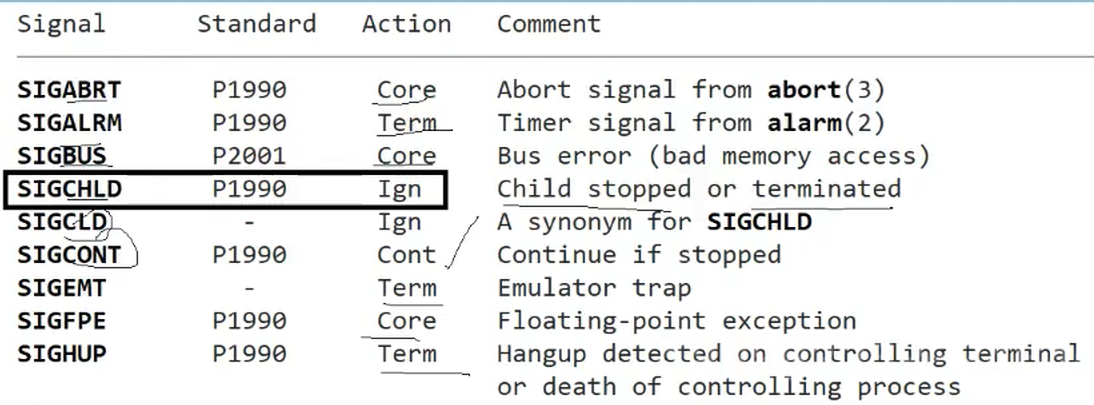
应该子进程退出的时候,系统默认对其的信号是Ign的,所以我们看不到对应的反应
#include <iostream>
#include <stdlib.h>
#include <signal.h>
#include <unistd.h> // 注意:原代码中使用了sleep函数,需包含此头文件
#include <wait.h>
void handler(int signo)
{
std::cout << "get a sig: " << signo << std::endl;
}
int main()
{
signal(SIGCHLD,handler);
if(fork() == 0)
{
sleep(5);
std::cout << "子进程退出" << std::endl;
exit(0);
}
while(true)
{
sleep(1);
}
return 0;
}

所以,现在我们对应的子进程退出时,确实会给父进程发送信号,我们就能基于信号,来进行回收子进程
#include <iostream>
#include <stdlib.h>
#include <signal.h>
#include <unistd.h> // 注意:原代码中使用了sleep函数,需包含此头文件
#include <wait.h>
void handler(int signo)
{
std::cout << "get a sig: " << signo << std::endl;
pid_t rid = ::waitpid(-1,nullptr,0);
if(rid > 0)
{
std::cout << "子进程退出了,回收成功,child id: " << rid << std::endl;
}
}
int main()
{
signal(SIGCHLD,handler);
if(fork() == 0)
{
sleep(5);
std::cout << "子进程退出" << std::endl;
exit(0);
}
while(true)
{
sleep(1);
}
return 0;
}
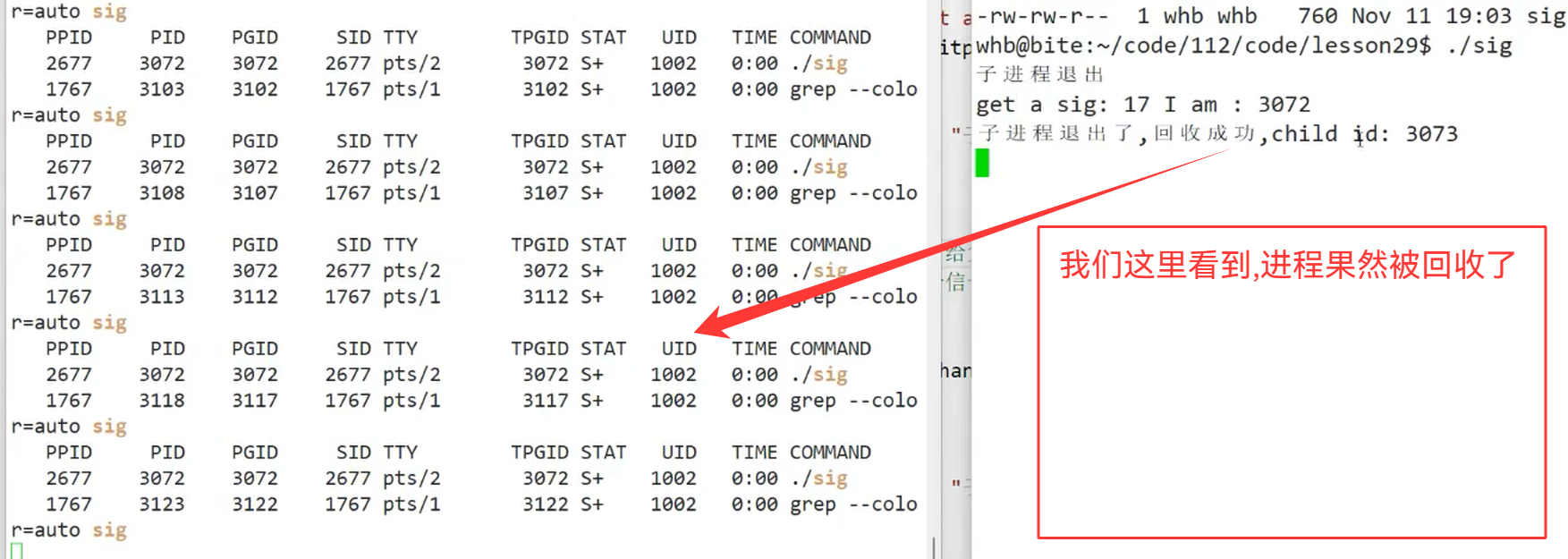
问题一:
如果是多个子进程一起退出呢?
#include <iostream>
#include <stdlib.h>
#include <signal.h>
#include <unistd.h> // 注意:原代码中使用了sleep函数,需包含此头文件
#include <wait.h>
void handler(int signo)
{
std::cout << "get a sig: " << signo << std::endl;
pid_t rid = ::waitpid(-1,nullptr,0);
if(rid > 0)
{
std::cout << "子进程退出了,回收成功,child id: " << rid << std::endl;
}
}
int main()
{
signal(SIGCHLD,handler);
for(int i = 0;i < 10; i++)
{
if(fork() == 0)
{
sleep(5);
std::cout << "子进程退出" << std::endl;
exit(0);
}
}
while(true)
{
sleep(1);
}
return 0;
}
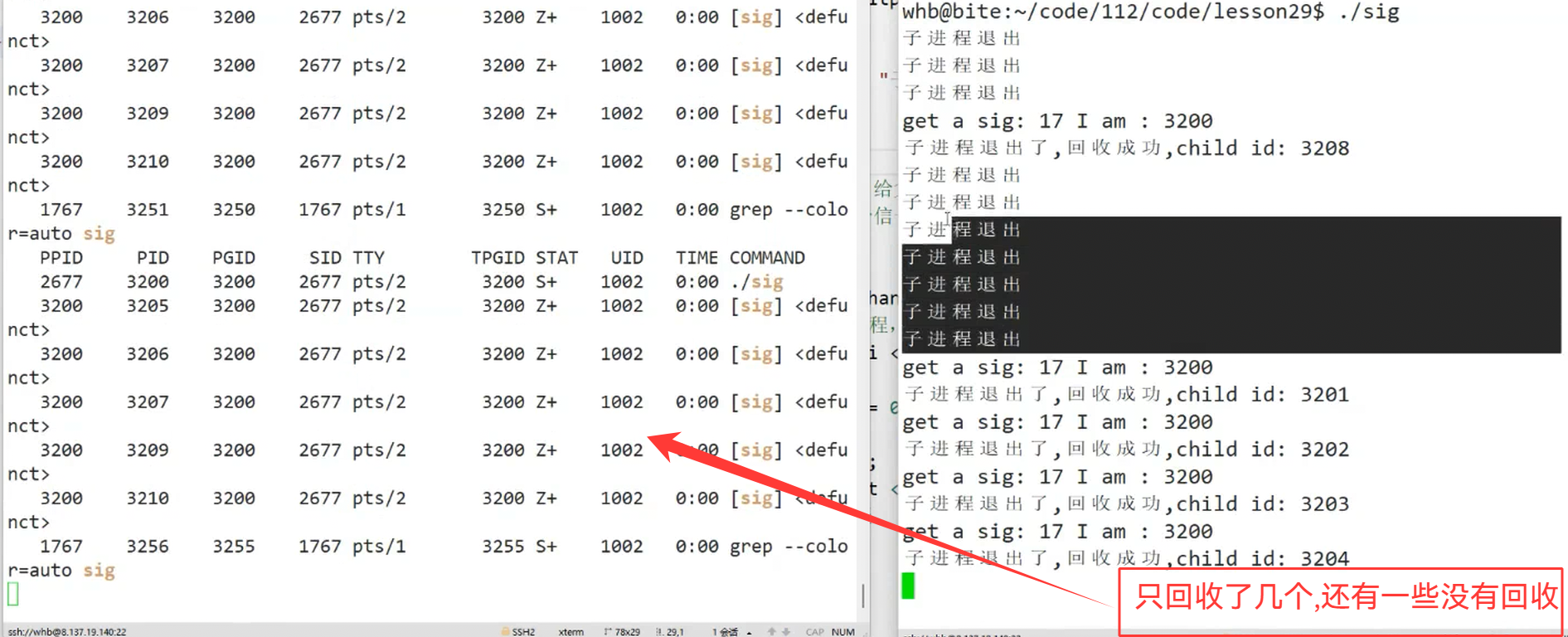
我们可以尝试循环wait,直到全部都回收
#include <iostream>
#include <stdlib.h>
#include <signal.h>
#include <unistd.h> // 注意:原代码中使用了sleep函数,需包含此头文件
#include <wait.h>
void handler(int signo)
{
std::cout << "get a sig: " << signo << std::endl;
while(true)
{
pid_t rid = ::waitpid(-1,nullptr,0);
if(rid > 0)
{
std::cout << "子进程退出了,回收成功,child id: " << rid << std::endl;
}
else if(rid < 0)
{
std::cout << "暂时:回收完毕" << std::endl;
break;
}
}
}
int main()
{
signal(SIGCHLD,handler);
for(int i = 0;i < 10; i++)
{
if(fork() == 0)
{
sleep(5);
std::cout << "子进程退出" << std::endl;
exit(0);
}
}
while(true)
{
sleep(1);
}
return 0;
}

问题二:
如果10个子进程,6个退出了,上面的代码会怎么办?
我们在等待第7个子进程的时候,会出现阻塞现象,我们要进行非阻塞等待
#include <iostream>
#include <stdlib.h>
#include <signal.h>
#include <unistd.h> // 注意:原代码中使用了sleep函数,需包含此头文件
#include <wait.h>
void handler(int signo)
{
std::cout << "get a sig: " << signo << std::endl;
while(true)
{
pid_t rid = ::waitpid(-1,nullptr,WNOHANG);
if(rid > 0)
{
std::cout << "子进程退出了,回收成功,child id: " << rid << std::endl;
}
else if(rid == 0)
{
std::cout << "退出的子进程已经全部回收了" << std::endl;
break;
}
else
{
std::cout << "wait error" << std::endl;
break;
}
}
}
int main()
{
signal(SIGCHLD,handler);
for(int i = 0;i < 10; i++)
{
if(fork() == 0)
{
sleep(5);
std::cout << "子进程退出" << std::endl;
exit(0);
}
}
while(true)
{
sleep(1);
}
return 0;
}


还有一个简单操作,能直接对子进程进行回收
#include <iostream>
#include <stdlib.h>
#include <signal.h>
#include <unistd.h> // 注意:原代码中使用了sleep函数,需包含此头文件
#include <wait.h>
int main()
{
//linux下 如果只想不产生僵尸,我们直接进行SIG_IGN就行了
signal(SIGCHLD,SIG_IGN);
for(int i = 0;i < 10; i++)
{
if(fork() == 0)
{
sleep(5);
std::cout << "子进程退出" << std::endl;
exit(0);
}
}
while(true)
{
sleep(1);
}
return 0;
}
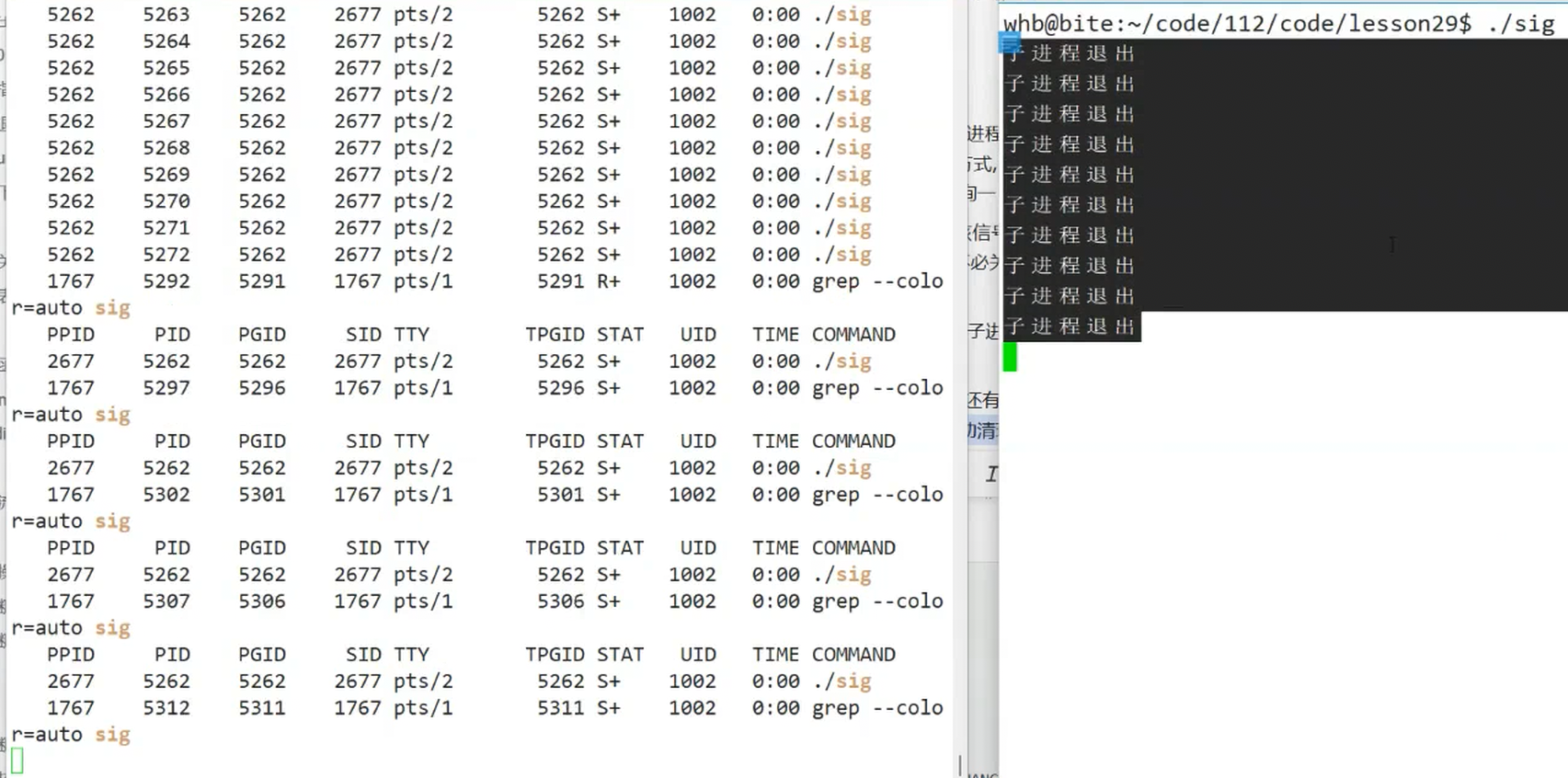
但是我们的SIG_IGN只是在linux下有用,我们手动设置的IGN和默认的IGN是不一样的
二.线程概念

![]()
三.Linux下线程的概念

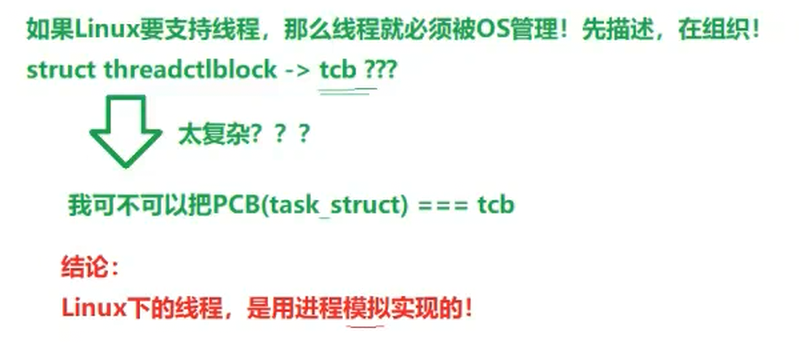
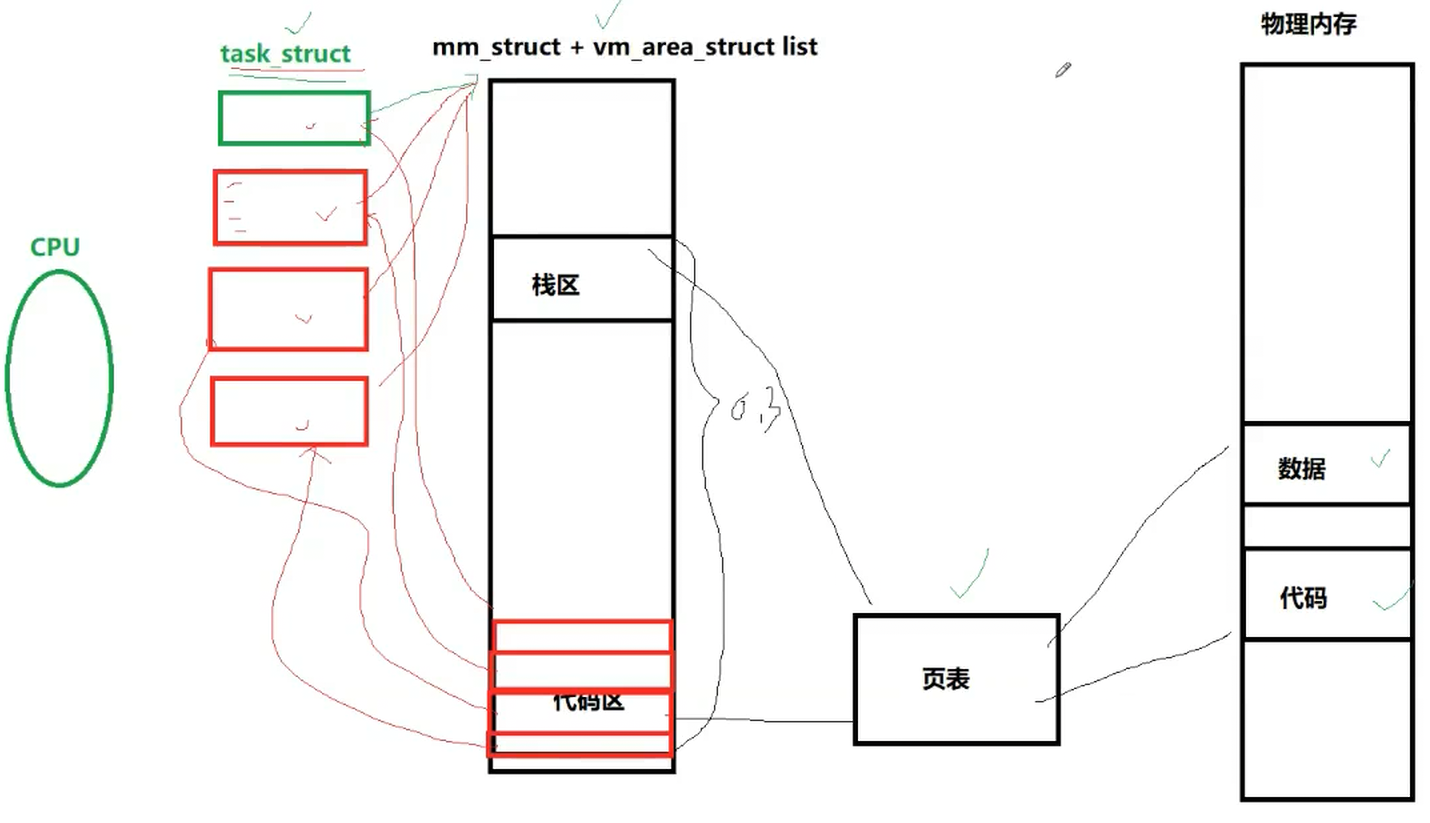
![]()

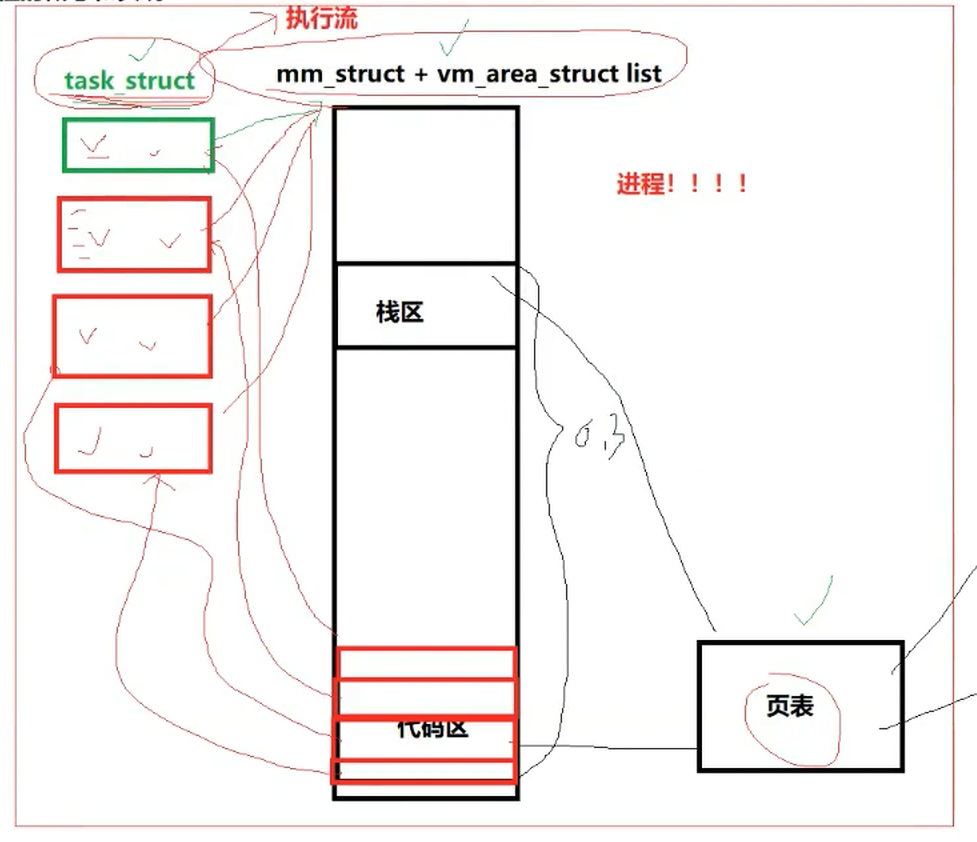
一个执行流就是一个线程
四.进程 vs 线程

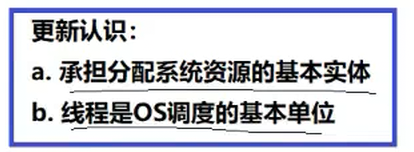

![]()
五.接口验证

#include <iostream>
#include <unistd.h>
#include <pthread.h>
//新线程
void* run(void* args)
{
while(true)
{
std::cout << "new thread" << std::endl;
sleep(1);
}
return nullptr;
}
int main()
{
pthread_t tid;
pthread_create(&tid,nullptr,run,(void*)"thread-1");
//主线程
while(true)
{
std::cout << "main thread" << std::endl;
sleep(1);
}
return 0;
}


如果是较新的版本,可能会自动带上我们对应的选项
"makefile"
mythread:mythread.cc
g++ -o $@ $^ -std=c++11 -lpthread
.PHONY:clean
clean:
rm -rf mythread

这里确实是两个执行流
#include <iostream>
#include <unistd.h>
#include <pthread.h>
//新线程
void* run(void* args)
{
while(true)
{
std::cout << "new thread, pid: " << getpid() << std::endl;
sleep(1);
}
return nullptr;
}
int main()
{
std::cout << "我是一个进程: " << getpid() << std::endl;
pthread_t tid;
pthread_create(&tid,nullptr,run,(void*)"thread-1");
//主线程
while(true)
{
std::cout << "main thread, pid: " << getpid() << std::endl;
sleep(1);
}
return 0;
}
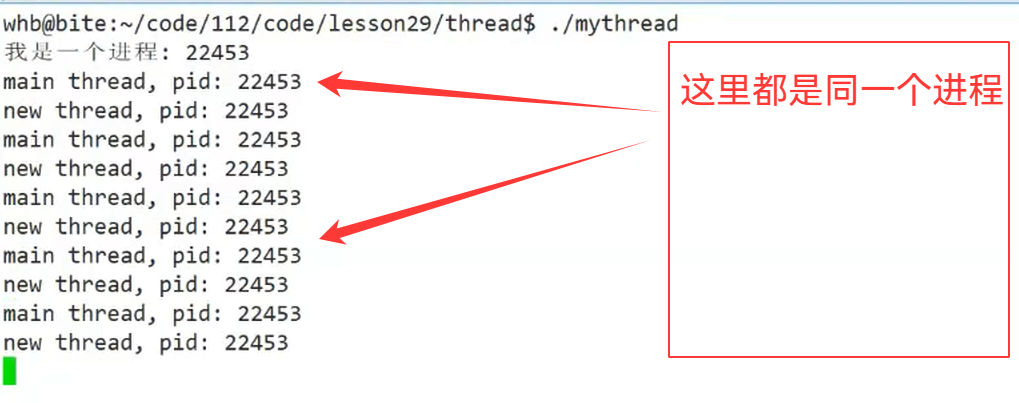
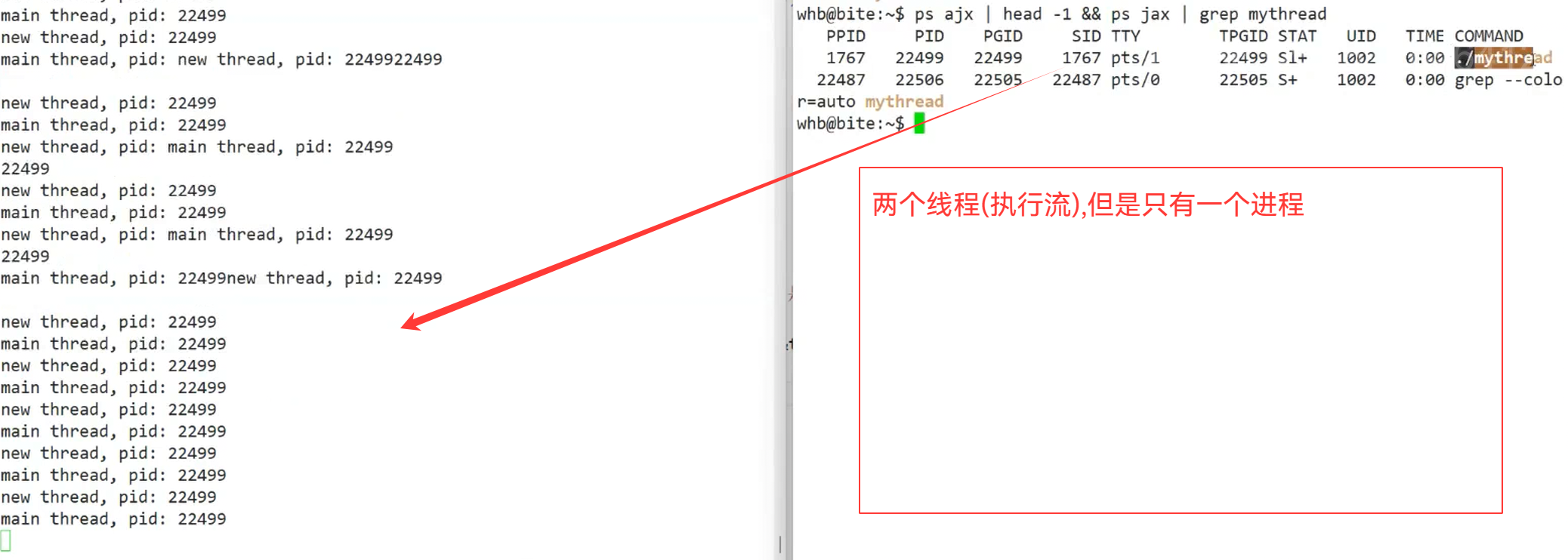
查看轻量级进程(ps -aL | grep mythread)

PID和LWP相同的就是我们对应的主线程,不相等的就是新线程
![]()
六.地址空间
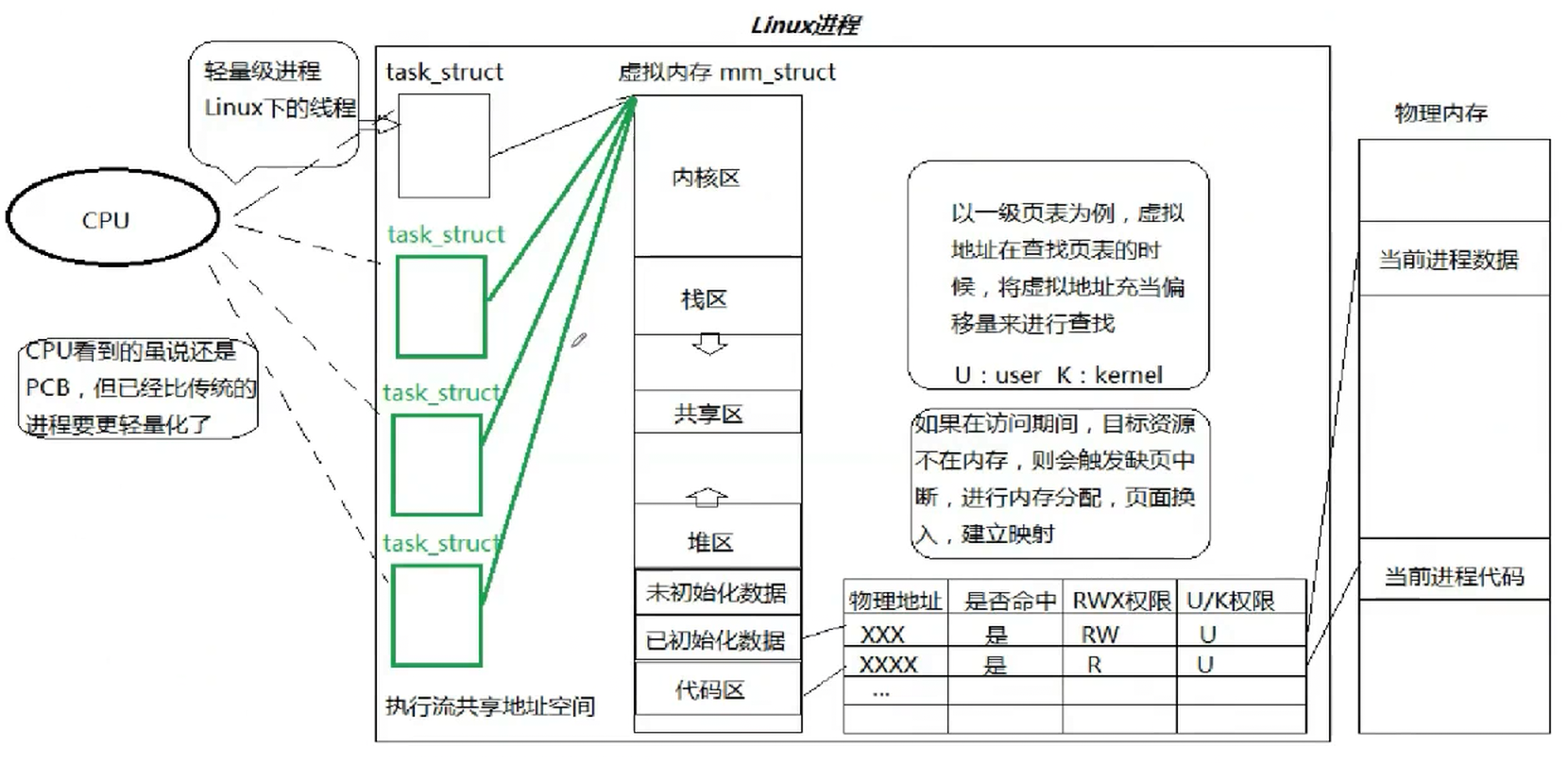
1.分页式存储管理

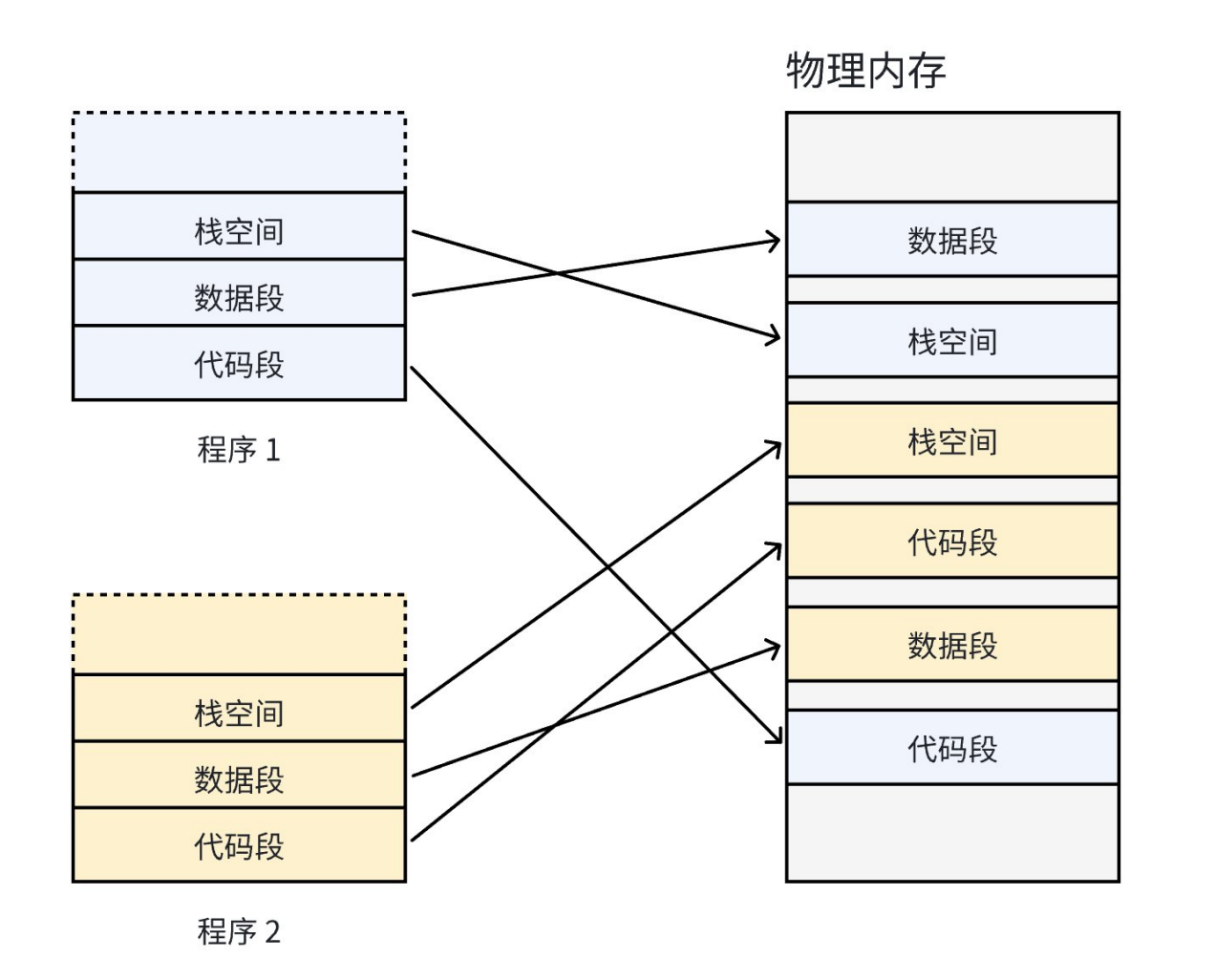



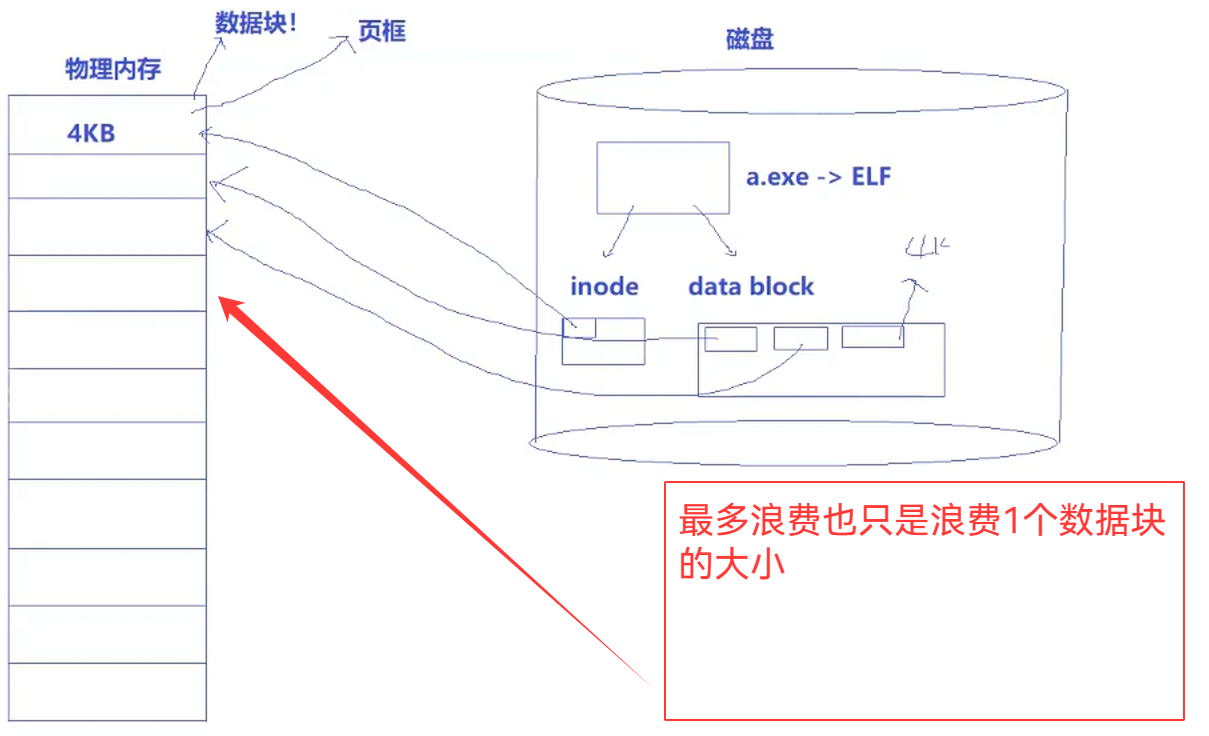
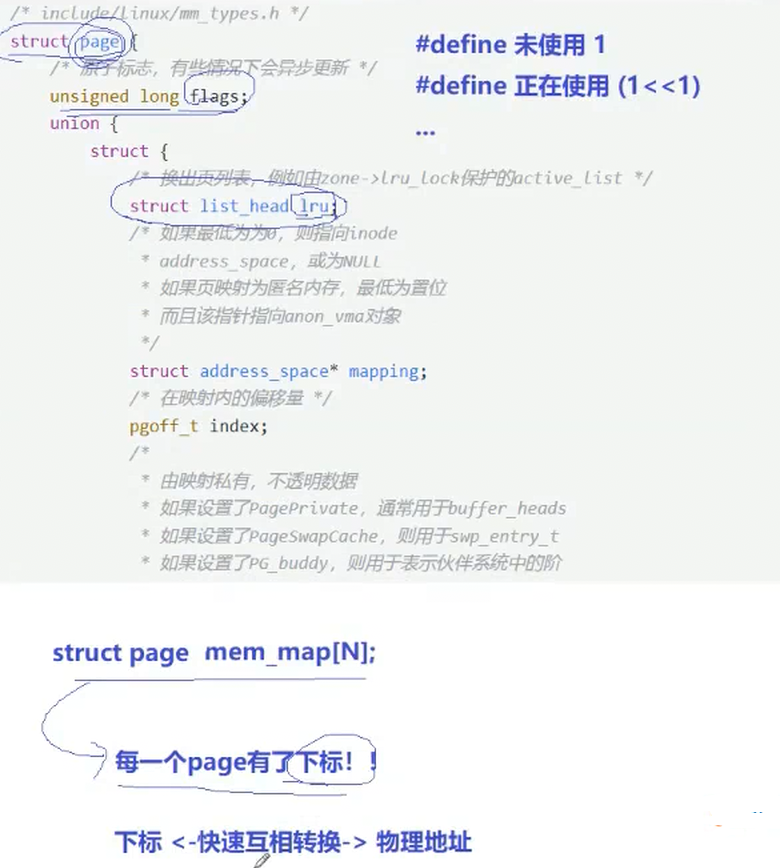
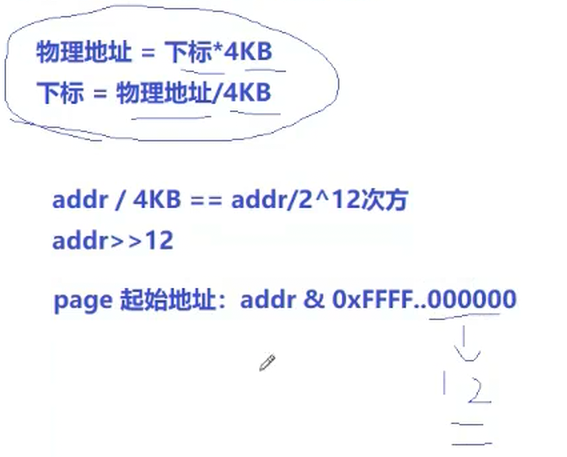



![]()
2.多级页表
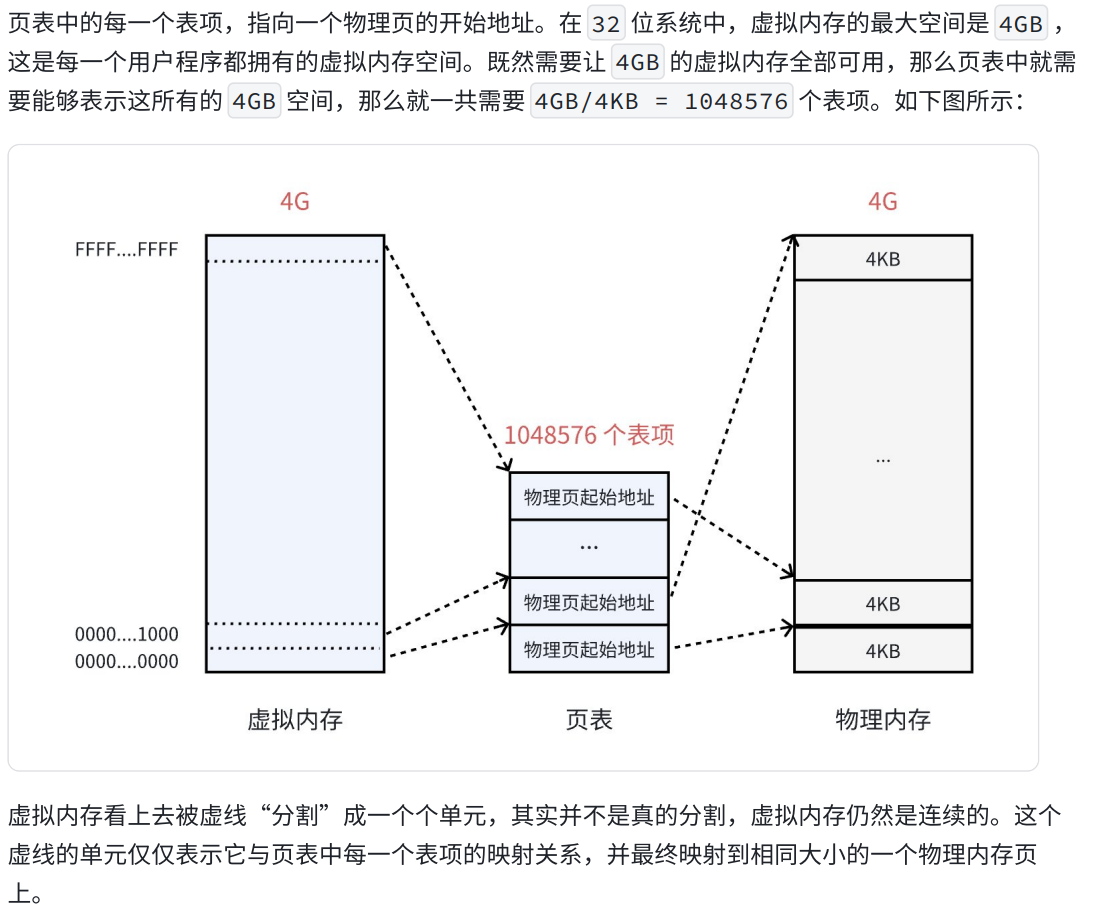

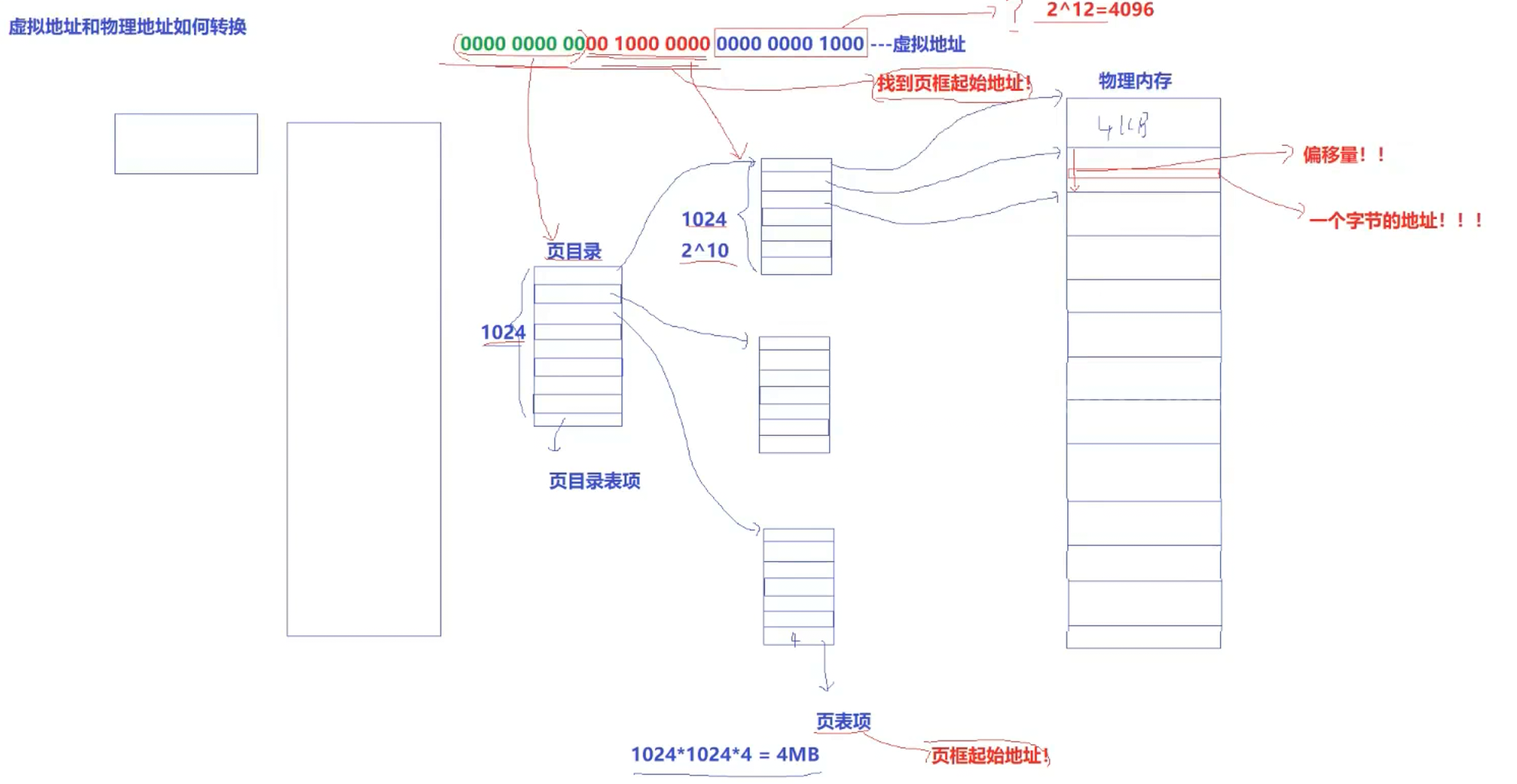
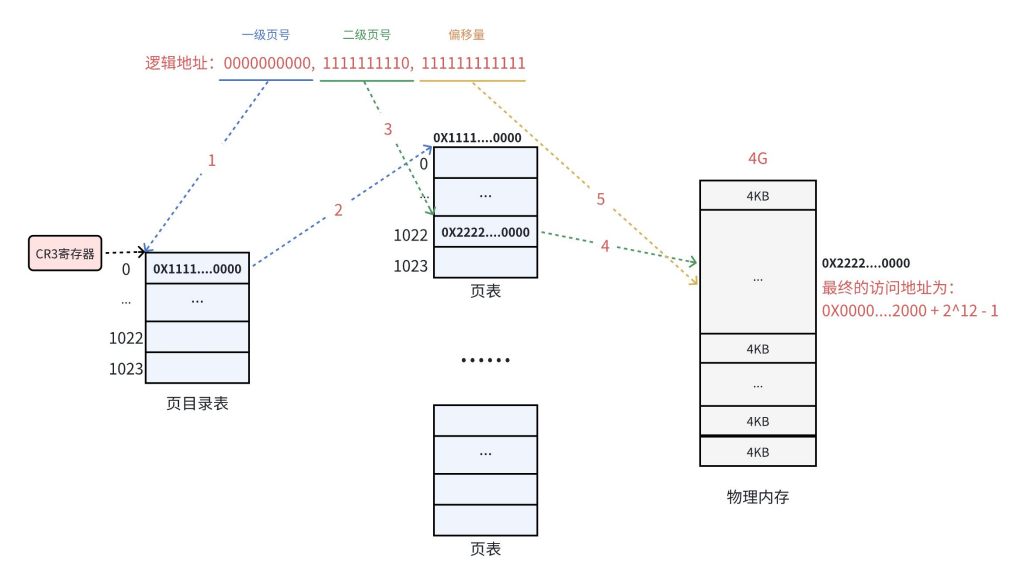

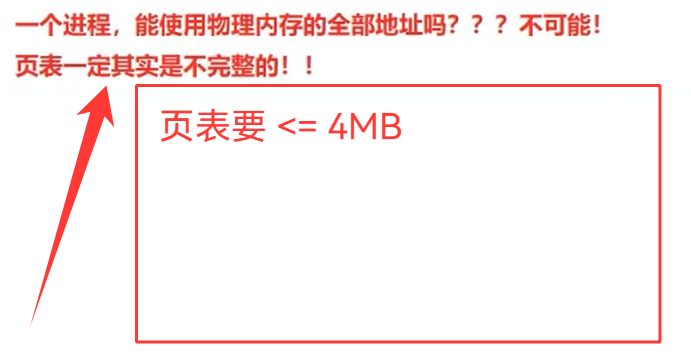





















 1671
1671

 被折叠的 条评论
为什么被折叠?
被折叠的 条评论
为什么被折叠?








